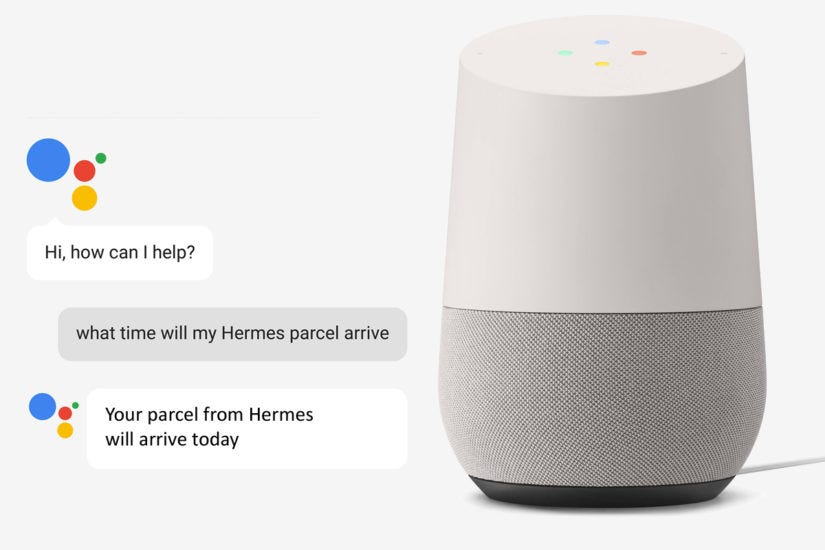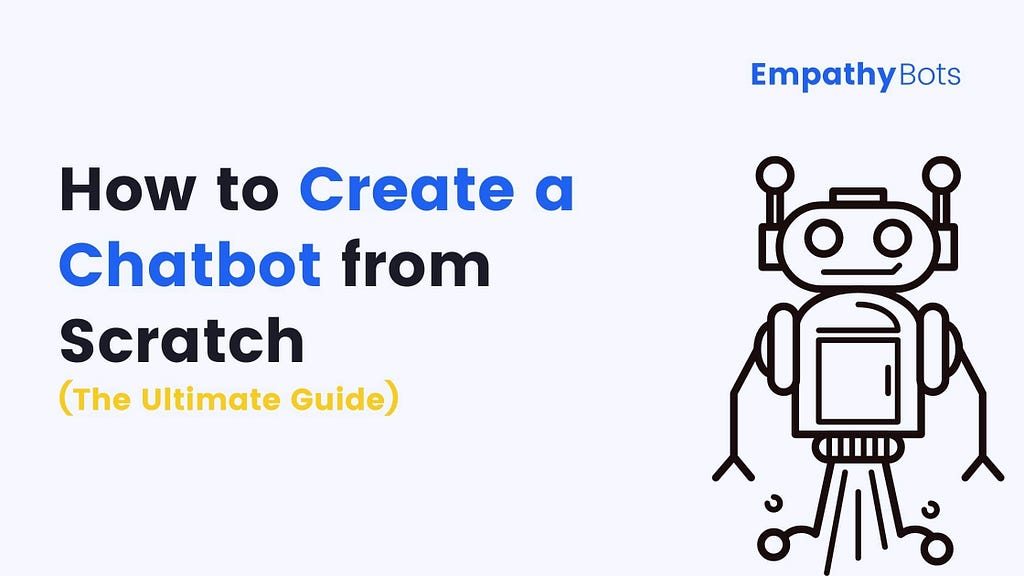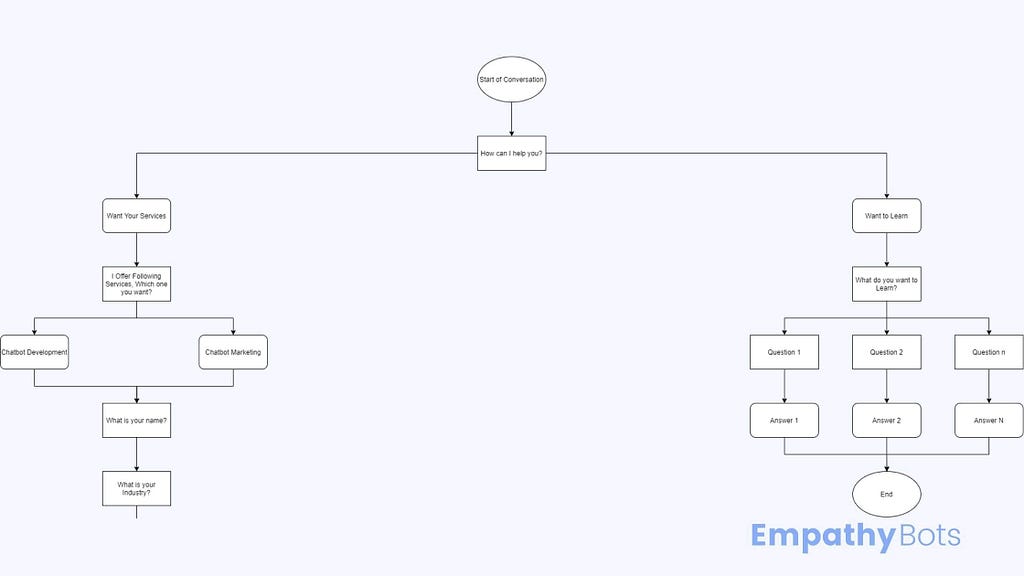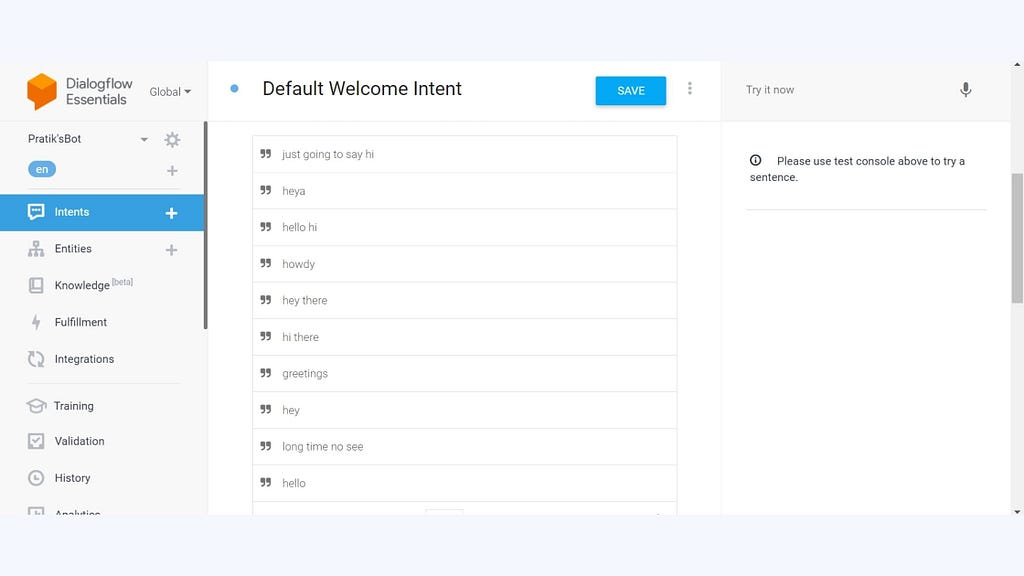
WhatsApp is the new buzzword for digital conversations as the post-pandemic world gets more digital-savvy and contactless shopping emerges as the new trend.
According to a Statista report, WhatsApp is the most popular messaging platform with more than 2 billion active users outranking Facebook Messenger at 1.3 billion and WeChat at 1.2 billion users. Not only this, it has become the world’s third-largest social networking platform after Facebook and YouTube.
Given the popularity and demand of this new messaging channel, businesses too have started to turn their ships, the WhatsApp way. Also, recent innovations in artificial intelligence (AI) and machine learning (ML) make WhatsApp more profitable for businesses. AI-powered virtual assistants, also known as WhatsApp Bots have helped businesses engage, support, and serve their customers virtually while igniting a new spark of online sales, known as WhatsApp Commerce. It simply means:
Offering and selling products and services to customers on WhatsApp
Using WhatsApp Bot to assist and personalize customer’s buying journey
Delivering a high-quality customer experience throughout the conversation.

What are the Benefits of using a WhatsApp Bot?
- Establish real-time conversations with instant messaging
- Help customers to explore the entire product catalog in one place
- Provide a secure platform for conversation with WhatsApp end-to-end encryption
- Deliver top-class virtual support with personalized communication
- Strengthen the trust between the customer and the brand
How to figure out the best WhatsApp Bot?
- It should solve the preexisting sales/support problem that the business is already facing?
- It should communicate, personalize and empathize like humans.
- It should understand the customer’s context and intent.
- It shouldn’t ask to subscribe/register/install anything to use a WhatsApp bot.
- It should be easy to use without any technical/coding expertise required.
Now that you have already dipped your toes into knowing WhatsApp bots, their capabilities and benefits, let us explore the best WhatsApp bots that can help brands drive their online sales and support, like never before.
In this article, we are covering 6 renowned brands in India that are successfully using WhatsApp bots as a conversational channel for their customers.
Trending Bot Articles:
2. Automated vs Live Chats: What will the Future of Customer Service Look Like?
4. Chatbot Vs. Intelligent Virtual Assistant — What’s the difference & Why Care?
#1 Personal Shopper by Shoppers Stop
Shoppers Stop, one of the leading online shopping brands in India, offers seamless virtual shopping with Personal Shopper. It is a WhatsApp bot that answers all purchase/support-related queries at Shoppers Stop. If you are looking to shop online, you can directly WhatsApp your Personal Shopper with your requirements and they will help you find the best product with the best deals. It also provides a secure payment link via SMS to make instant and safe payments. Once done, your order will be delivered to you without you having to step out.
#2 Dottie by Indigo Airlines
Dottie — a conversational AI-powered chatbot has been designed to help customers with commonly asked queries. With Dottie available at your service, you don’t need to call customer care, you can find answers to FAQs on several topics such as revised travel mandates, baggage related queries, refunds, COVID-19 travel queries, flight cancellation, flight status, change booking, about credit shell, it’s usage and much more.
Not only this, but customers can also book a flight, web check-in, and perform an array of tasks related to their booking using this WhatsApp bot. The bot understands short phrases and keywords in a better way, so it is advisable to keep your query short while interacting with Dottie. In an unlikely situation wherein Dottie is unable to understand a customer’s query, it immediately transfers your query to a live agent to assist you better.
For example — To find out what you carry on our flights, try saying ‘conditions of carriage’ or say ‘baggage allowance’ instead of ‘Can I carry 30 kg as check-in baggage on my flight.’

#3 Mr. Simple by Tata Mutual Fund
Part of the Tata group, Tata Mutual Fund is the most trusted fund house in India offering a range of investment solutions for financial planning and wealth creation. With an investor base of over 3 million, the brand manages funds across the entire risk-return spectrum targeting investors of all ages and risk profiles. In such scenarios, providing top-class instant support to their customers became a critical factor for business success.As a solution to challenges like delayed response and a broken customer experience, Tata Mutual Fund introduced an AI-powered support bot known as
Mr. Simple. It brought a game-changing experience to TMF’s customer support by resolving 90% of queries end-to-end resulting in a reduction of call center calls by 67%.

Check out this Case Study to learn more about Mr. Simple and its contribution to TMF’s business
#4 MyGov Corona Helpdesk
During the Covid-19 pandemic, the Government of India wanted a solution that would eradicate misinformation and empower citizens with the right steps to take precautionary measures and stay safe. The idea was to offer a 24/7 help desk that can answer all sorts of COVID-19 queries and help prevent the spread of false information.
Haptik, one of the world’s largest Conversational AI companies, accepted this challenge to handle and resolve the diversity of queries coming from millions of users across the country in English & Hindi. As a result, Haptik built the MyGov Corona Helpdesk, a WhatsApp bot that helped users check symptoms and get a diagnosis, provided tips and precautionary measures to stay safe, and shared the latest updates and advisories from the Ministry of Health.

Check out this Case Study to learn how Haptik helped India fight COVID with a WhatsApp Bot
#5 JioMart WhatsApp Bot by Reliance
JioMart is an eCommerce venture launched and run by India’s most valued firm, Reliance Industries. It is an offline to online grocery service that allows you to order online and the product is delivered to you from a local nearby store. JioMart offers a selection of 50,000+ products and processes over 250,000 orders per day.
With increasing orders every day, JioMart started experiencing 3x more traffic than expected. Soon, they realized an immediate need to automate and upgrade their customer support. As a result, JioMart built a WhatsApp bot that later emerged as the primary go-to channel for users to shop with JioMart. Also, JioMart observed that the WhatsApp bot is capable of resolving 88% of the queries with a reduction in response time by 62%. Some of the key use cases of this WhatsApp bot are Check Order Status, Delay in Delivery, Replacement Request, Refund Related Query, etc.
Check out this Case Study to learn how JioMart Handles 40% of Customer Support on WhatsApp
#6 WhatsApp Banking by HDFC
HDFC Bank is the second-largest private bank in India with a customer base of more than 19 million. With an objective to be available for customers 24/7 x 365 and provide uninterrupted customer service to everyone, HDFC too reaches its customers — the WhatsApp way, known as WhatsApp Banking.
HDFC WhatsApp bots help customers get information about their cards, important updates, regulatory messages, payment alerts, and a number of other banking queries like:
- What documents do I require for a car loan?
- What is the available limit on my credit card?
- What is my pre-approved loan offer?

5 Reasons why you should use WhatsApp Bot in banking
- It is available round the clock and even on holidays.
- All the messages sent on WhatsApp are encrypted and remain totally safe.
- Non-HDFC Customers can also use WhatsApp Banking for inquiring about the services of the bank.
- It is absolutely free. All you need is an active internet connection.
- Resolves almost all kinds of queries related to your account and associated cards.
Final Words
As WhatsApp commerce takes the center stage in the eCommerce journey of India, WhatsApp bots will play an extremely important role in shaping the future of Conversational Commerce in India.
So far, we were able to conclude the scope and capabilities of a WhatsApp bot. We also saw leading brands leveraging this AI-driven innovation to scale up their online sales and support performance. Now that you are also clear about the best WhatsApp bots in India, it is time to choose the best one for your business.
Surprisingly, the best part of a WhatsApp bot is that you can get it up and running in very little time. Unlike a website or app, which requires a long development phase, it is possible for a brand to deploy a WhatsApp bot, in as little as 7 days!
Interested to explore more about WhatsApp bots or want a WhatsApp chatbot for your business?
Interested to explore more or want to try out a chatbot of your own?
Don’t forget to give us your 👏 !




6 Best WhatsApp Chatbots in India was originally published in Chatbots Life on Medium, where people are continuing the conversation by highlighting and responding to this story.








